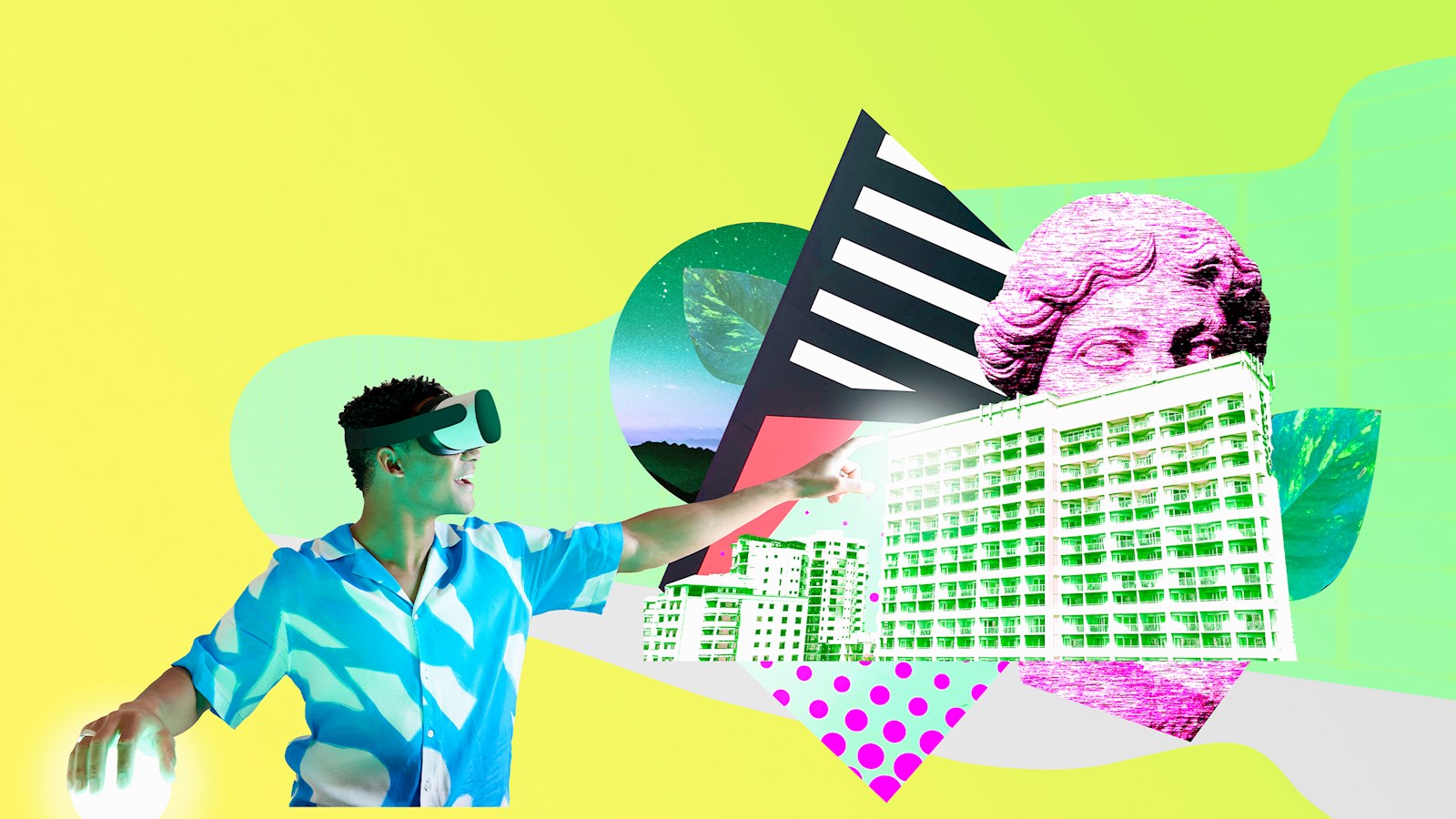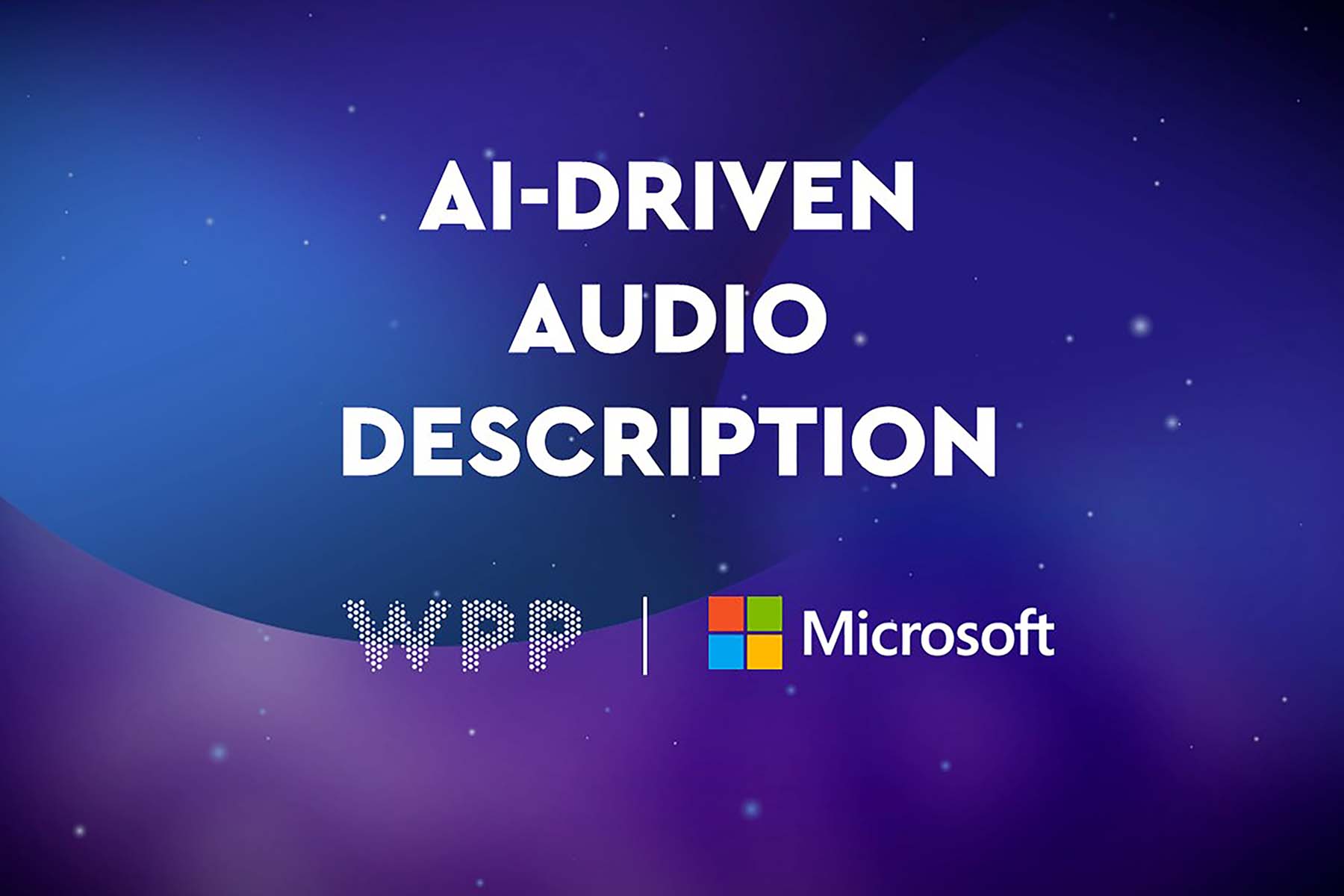
New possibilities powered by creativity in India
Both the accolades and the ideas associated with WPP’s use of technologies that underpin the metaverse stand out in India
“What differentiates India is the sheer hunger to do new things in the metaverse,” says ‘Spark of the Year' award-winner Niraj Ruparel of WPP’s GroupM India. “This is what has put us right up there. We are trying out new ideas, spotting trends and shaping them.”
Ruparel has built an extended reality studio in which to try out these ideas. And he coordinates a 110-strong team from across the WPP network that has already created close to 80 activations and workshops – all in the metaverse.
“This is how we are driving creative tech at WPP India,” he says. “When we are looking for a strong creative idea, we can work collaboratively and globally across the entire WPP network quickly and in real-time. This studio, and the technologies that underpin it, allows us to stitch solutions together, package them up and deliver them to clients so we can nail solutions quickly.”
He is emphatic that it is the collaboration that is delivering excellence: “That is where the secret sauce – for what we do in the Indian market – comes from. We are in a new era of collaboration. It is all about working in partnership across WPP.” And there are so many diverse areas of expertise and knowledge to draw on: virtual reality, augmented reality, virtual worlds, web3, gaming and so on. It boils down to convening talent, expertise and partners to deliver the unimaginable.
Translating tech into campaigns
There’s a lot of experimentation and learning as a result of these collaborative sessions – trial and error is celebrated and very much part of the process. And when the results are as trailblazing as the data-driven campaign for Cadbury, you know the system is working. This campaign used AI and voice cloning to create advertisements that served both Cadbury and thousands of local businesses with the enthusiastic help of Cadbury’s brand ambassador and Bollywood star, Shah Rukh Khan. It won a Titanium Lion at Cannes 2022.
“The smallest retailers in the smallest villages in India could, through this campaign, access a top celebrity. That is what gave power to that campaign,” says Ruparel. “These are the types of campaigns we want to make – and the benchmark is set at Titanium level,” he says.
A further shining example is the use of generative AI to recreate the cricket legend, Sachin Tendulkar. Ageas Federal Life Insurance with WPP India created a 11-year-old Sachin Tendulkar by using AI video regeneration tech. The process involved four months of AI training and employed dozens of technical and artistic experts across India and Spain. No photographs or videos of young Sachin existed, so the team performed painstaking archival research to find the relevant material. Over 40 child actors were auditioned followed by precise shooting, 3D modelling, integration and even de-ageing the actor’s voice.
Nothing is beyond consideration. One early suggestion was a marriage in the metaverse. Why not? “We took that idea very seriously and we pursued it,” says Ruparel. The result was that Coca-Cola, ITC and Wavemaker created the first metaverse wedding.
Cadbury’s Secret Love Notes and A Date on the Moon are two further examples of highly sharable, engaging, experience-oriented campaigns using metaverse technologies that WPP India created to bring brands and consumers closer together than previous generations of technology have allowed.
The metaverse succeeds in bringing people together from all walks of life. “We got top food influencers from all over India to come together in the metaverse using food as the unifier across our diverse Indian culture,” says Ruparel. GSK’s campaign takes place in a virtual comedy club. Its purpose? To create a platform on which GSK’s digestion product, ENO, could celebrate 50 Years in India through this first-ever metaverse stand-up show.
Children are front and centre in the metaverse too – always being mindful of safety and privacy in this virtual environment. Mondelēz Gems Kids NFTs is a case in point. “At some point, we have all adored and cherished the drawings made by the kids in the family until we have tucked them in a book on the shelf,” says Ruparel. “Cadbury Gems gives parents an opportunity to harness their kid's talent to help create a future for underprivileged kids.”
He continues: “JuniorNFT is a platform on which you can convert your kids' drawings and paintings into digital art and display them on the first, online, curated gallery of NFTs. The revenue generated will fund computer skills lessons for less fortunate kids across the country.”
Colgate-Palmolive and the UP Government's forest department celebrated women's day in the metaverse. The campaign involved five talented tribal women artists from UP Sonbhadra who created art on the topic of ‘opportunities for women leveraging technology and natural resources.
Perhaps one of the most collaborative projects from Team India is the VolvoVerse, a campaign that harnesses cutting-edge technologies to deliver its message.
All these technologies can help brands find their voices and use the power of voice/sound to create the most engaging campaigns. After all, one of the key aspects of technology that has changed the way we interact with our devices is the element of voice. In India, this is particularly pertinent because of regional languages.
India is a special case
“WPP teams are constantly using the power of creativity to create meaningful campaigns for our top brands,” says Ruparel. Part of that creativity comes from necessity – smaller budgets can be the mother of invention, and so can the vibrant start-up, entrepreneurial and somewhat brave tech culture that we associate with India. Partnerships with the likes of Epic Games all feed into this creative tech ecosystem too.
“There is a lot of passion for this type of work in India, even from the clients. We understand how excited they are and many of them want to be the first ones to try these technologies for themselves,” he says.
“I work with a team that is fit for the future. We need to keep finding new solutions. Innovation has to be cutting-edge. And the team reflects that.”
published on
29 November 2022
Category
More in Experience

Let’s add audio for visually impaired audiences
How to make advertising more accessible for visually impaired audiences

The Future 100: wellbeing, humanity, emotion and tech
This annual trend spotter – by WPP’s VML – gives us the context for the new normal for marketing in 2024.

Activating sports events – the ultimate balancing act
WPP Sports Practice takes a look at the art of timing for sports event activation

